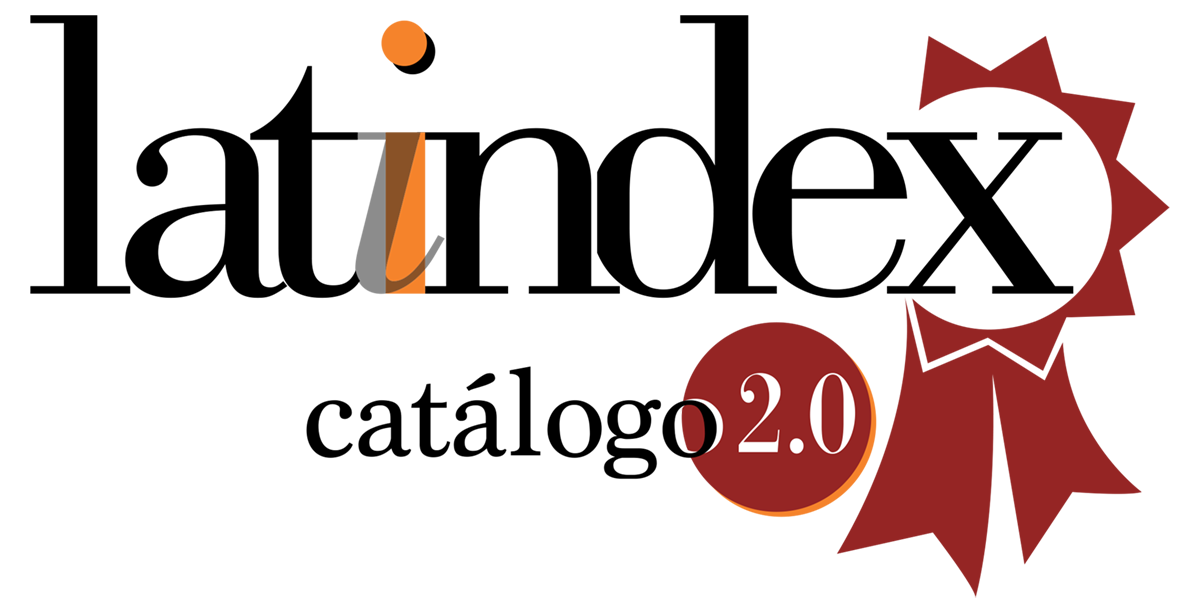Educational activities for the prevention of hospital infection in a neonatal unit
DOI:
https://doi.org/10.35699/reme.v16i1.50329Keywords:
Newborn, Surveillance, Infection ControlAbstract
Hospital-acquired infections (HAI) are a major cause of morbidity and mortality and are common in neonatal units. To control hospital infection it is important to advise patients and their companions on the subject. This study aimed at evaluating the mothers and their companions’ assimilation of information conveyed during health education activities on the prevention of hospital-acquired infections. This was a prospective study that applied questionnaires to mothers and companions of newborns admitted to the Neonatal Unit of the Clinics Hospital of the Federal University of Minas Gerais (UFMG). The study was carried out from August 2008 to April 2009. The questionnaire was administered in two different samples: one before and another after the training on infection prevention. Total sample size was 268: 121 received the information prior to questionnaire application, and 147 received it after questionnaire filling in. Results indicated that there were a higher percentage of correct answers after the groups were given instructions in all questions. There were significant statistical differences (p<0.05) between groups in eight of the ten questions. In conclusion, this was an effective educational activity for the newborn companion. He/she acquired basic notions on infection following the training and therefore may contribute to infection control and prevention in the unit and at home after hospital discharge.Downloads
Published
2012-03-01
Issue
Section
Research
How to Cite
1.
Educational activities for the prevention of hospital infection in a neonatal unit. REME Rev Min Enferm. [Internet]. 2012 Mar. 1 [cited 2024 Dec. 23];16(1). Available from: https://periodicos.ufmg.br/index.php/reme/article/view/50329






































